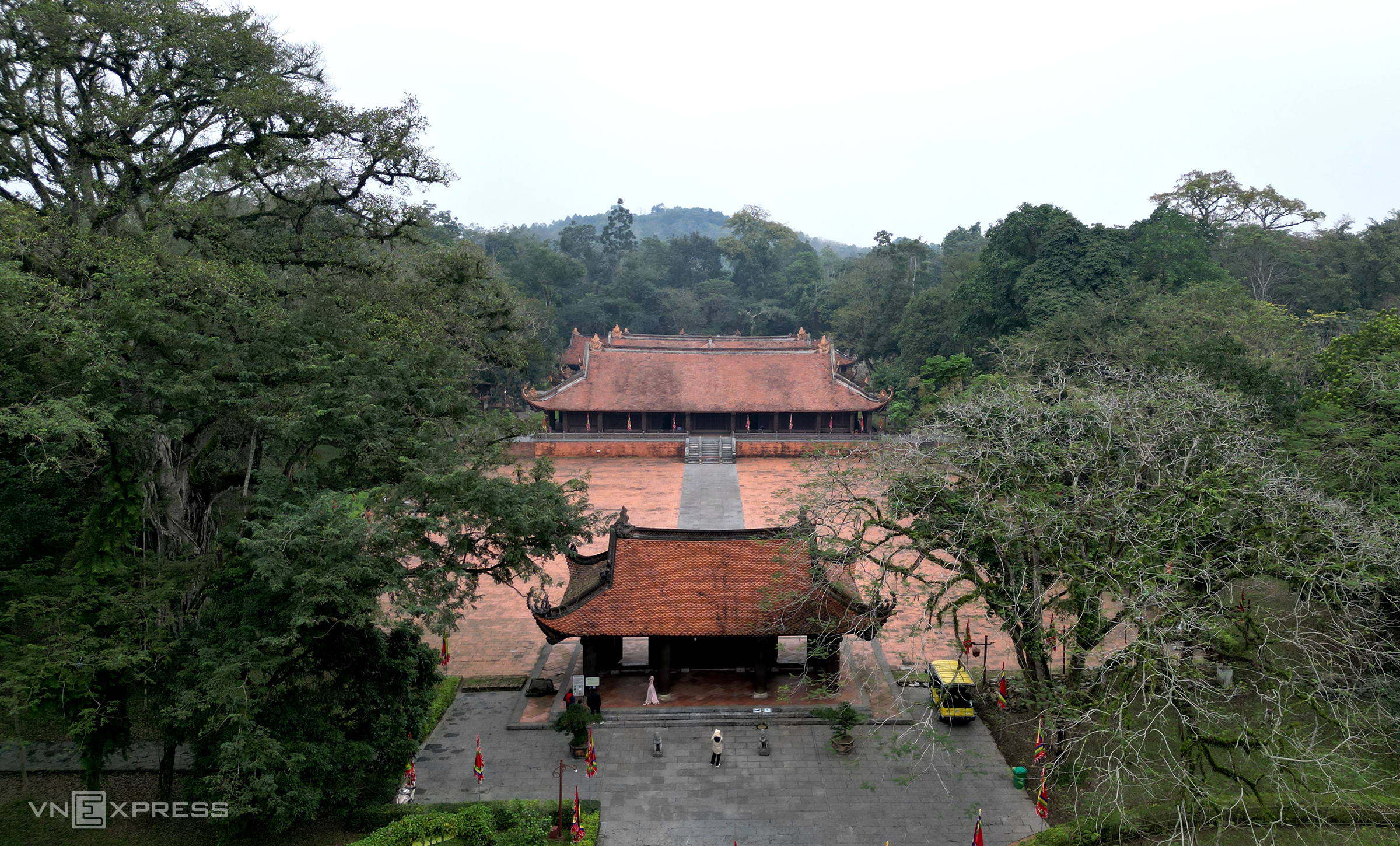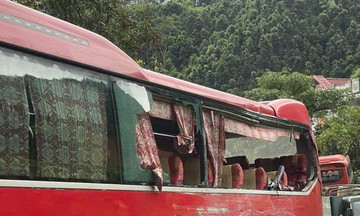The chairman of the People's Committee of Thanh Hoa province has approved a project to restore and enhance the Lam Kinh national special relic site with a total investment of 81.6 billion VND from the state budget. The project will be implemented from 2025 to 2027, with the Thanh Hoa Department of Culture, Sports, and Tourism as the investor.
 |
Lam Kinh national special relic site. Photo: Le Hoang |
Lam Kinh national special relic site. Photo: Le Hoang
According to the approval, the project will focus on restoring the four remaining temples (numbered 1, 2, 8, and 9) out of the original nine that existed during the Later Le dynasty. These temples will be rebuilt on the foundations of the old structures located behind the main hall. The restoration will be based on archaeological findings, adhering to traditional architectural styles: four-sloped roofs, ironwood structures, replicated fish-scale tiles, and antique-style tile floors.
In addition, the project includes restoring the Hang Dau temple (dedicated to a woman believed to have played a significant role in the Lam Son uprising) and constructing a new entrance gate to the Lam Kinh relic site.
According to Dau Thanh Tung, vice chairman of Thanh Hoa province, the project aims to honor the historical, cultural, architectural, and artistic values of the Later Le dynasty. The province also hopes to further develop the Lam Kinh national special relic site into a key national cultural and spiritual destination, promoting local economic and tourism development.
Current state of the main hall and temples at Lam Kinh before restoration. Video: Le Hoang
The Lam Kinh historical relic site is located in Lam Son commune, about 50 km west of the old Thanh Hoa city. Historical records indicate Lam Kinh is the ancestral land of the Le family, the birthplace of national hero Le Loi, and the origin of the 15th-century Lam Son uprising. After 10 years (1418-1428) of prolonged resistance against the Ming army, Le Loi ascended the throne in Thang Long - Hanoi, adopted the reign title Thuan Thien, named the country Dai Viet, and ushered in a period of independence and prosperity that lasted nearly 360 years.
To show respect for their ancestors, the Le dynasty constructed many large temples and tombs in Lam Son to worship their forefathers. These served as resting places for kings, emperors, and empresses, and were also venues for important national ceremonies.
 |
Current state of the Hang Dau temple on Dau mountain, within the Lam Kinh historical relic site. Photo: Le Hoang |
Current state of the Hang Dau temple on Dau mountain, within the Lam Kinh historical relic site. Photo: Le Hoang
Lam Kinh was designated as a national special relic site in 2012. According to archaeological findings, Lam Kinh has a total of nine temples located behind the main hall. In addition to the four temples being restored in this project, five other important temples (numbered 3, 4, 5, 6, and 7) were previously restored between 2005 and 2021.
Le Hoang












